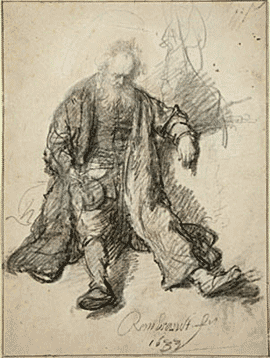Charles Baudelaire, in his statement for L'Exposition Universelle in Paris in 1855, wrote, "A good drawing is not a hard, despotic, motionless line enclosing a form like a straitjacket. Drawing should be like nature, living and reckless... nature shows us an endless series of curved, fleeting, broken lines, according to an uneering law of generation, in which parallels are always undefined and meandering, and concaves and convexes correspond to and pursue each other."
Today, I was celebrating an incredibly beautiful spring day with friends on a wild and unspoiled barrier island. As we walked along its shoreline, the red cedars and live oaks sprawled towards the marshes, their roots tangled and tenacious. Oyster shells lay glistening white, carpeted above high tide levels by the warm golden russet of freshly fallen live oak leaves. Everywhere I looked, there were joyous, ebullient abstract drawings waiting to be done of the roots of these trees as they twisted and clung, embraced and snaked. Baudelaire could have been thinking of such scenes as he described what a good drawing should be. I am not sure I could live up to the "good" part of his definition, but I do know that I need to return soon to do more silverpoint drawings of this amazing area where marshland meets high ground in reckless turbulent celebration of life and survival.
Tenacity amid the Oyster Shells, silverpoint, Jeannine Cook artist
In truth,I have always loved these tangles of red cedar roots, oyster banks and sunlight, as shown by these are two silverpoints I did in coastal Georgia several years ago.
Sunlit Fugue, silverpoint, Jeannine Cook artist





